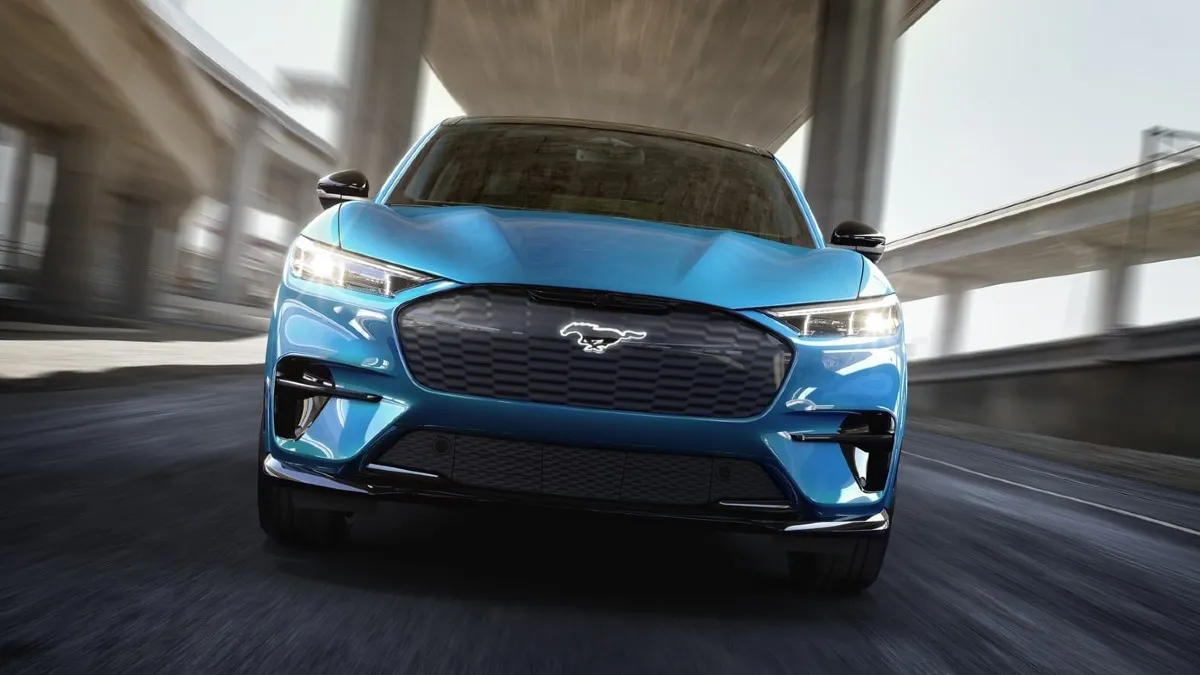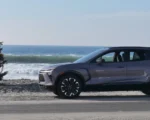The federal electric vehicle (EV) tax credit is poised for a major shift, set to become more appealing for buyers starting January 1. Instead of claiming the rebate during tax filing, buyers can now instantly access up to $7,500 for new EVs or up to $4,000 for used EVs at the point of purchase. Over 7,000 dealerships—nearly half of the nation’s new car dealers—have enrolled to offer this point-of-sale rebate, enhancing accessibility.
However, there’s a crucial caveat: New restrictions on the components of zero-emission vehicles may restrict many cars from qualifying for the full $7,500 credit next year. These changes stemmed from negotiations surrounding President Biden’s Inflation Reduction Act, which sought to define the purpose of these credits: as a sales catalyst for zero-emission vehicles combating climate change or as an incentive for bolstering the North American electric vehicle supply chain.
The resultant compromise split the credit into two tiers. Automakers can earn a $3,500 credit by meeting specific guidelines for sourcing battery materials, and an additional $3,500 by adhering to rules for battery components. Starting in 2024, these sourcing requirements will become more stringent. Consequently, General Motors stated that only its Chevy Bolt will qualify for the full tax credit come January 1, with the Cadillac Lyriq and Chevy Blazer falling short due to minor component replacements needed for compliance.
Ford announced that only its F-150 Lightning would secure the full $7,500 credit. Meanwhile, Tesla faced complexities with its Model 3 variants and signaled potential ineligibility for the Model Y. Other automakers are expected to disclose which EVs qualify for the credit as the new year approaches, with the Treasury Department eventually compiling an official list.
This evolving landscape underscores the intricate process of building EVs, especially amid a supply chain predominantly centered in China. Moreover, it highlights the multifaceted motivations behind the guidelines, contributing to the current complexity and uncertainty surrounding EV tax credits.












